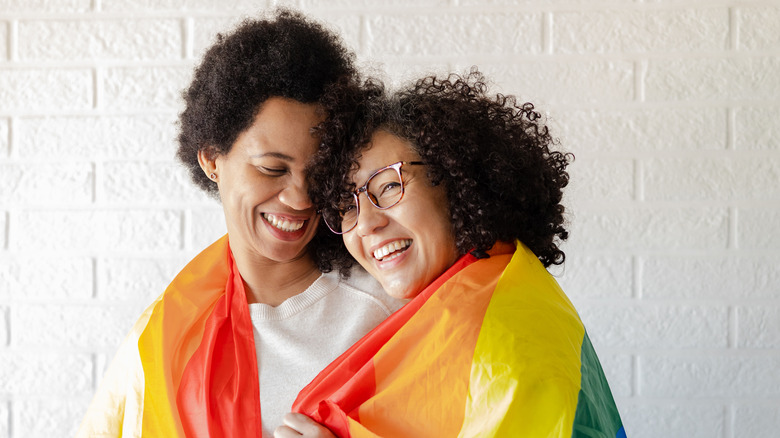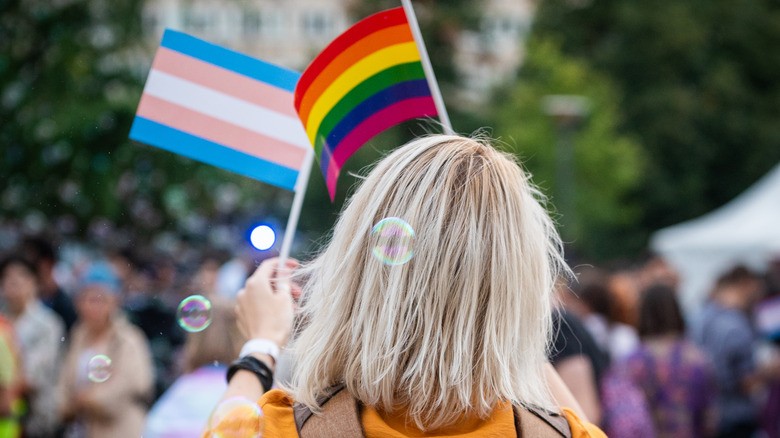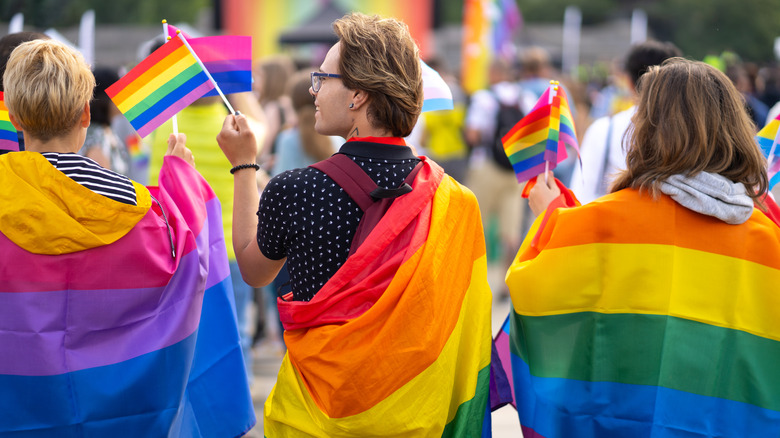The History Behind LGBTQ+ Explained
Gender expression and representations of non-heteronormative sexuality have come a long way since the Stonewall Riots in June, 1969, when gay activists and New York police clashed in Greenwich Village. At that time, homosexuality was illegal in New York, as it was in many other places, and the Stonewall Riots are now widely seen as the catalyst of the modern gay rights movement. Sometimes called the Stonewall uprising, those demonstrations are also why June was designated Pride Month in many parts of the United States.
Besides Pride Month, similar celebrations now take place at different times around the world and in different areas of the U.S. Along with that, variations of the initialism LGBTQ+ are now commonplace, used to represent the full spectrum of gender expression and sexual orientation under the Gay Pride umbrella, similar to the rainbow-colored flag. That said, individual expressions of gender and sexuality always vary so no one term will fit everyone, as queer historian and professor Dr. Jeffry Iovannone told Them in 2022.
"Gender and sexuality are complex, and no terminology will capture their nuances perfectly for all people," Iovonnone said. "Language can be very personal, and people or groups may prefer different terminology to describe their experience or understanding," he continued. Though more work remains, there's reason to celebrate gains made for queer rights, and from LGBTQ+ to LGBTQIA+ — which some prefer — here's what those letters mean.
LGBTQ+ became popular in the 1990s
Though some version had existed for many years prior to this point, the initialism LGBTQ+ was popularized in the 1990s, around the same time that a Missouri school teacher named Rodney Wilson helped designate October LGBT History Month in 1994, per HuffPost. LGBT History Month is observed in parts of the world and around the U.S. to this day. LGBT stands for lesbian, gay, bisexual, and transgender. But those are just a few of the many words individuals use for their gender expression and sexual orientation.
Around the year 2000, "Q" was added to that string of letters, which tends to mean one of two things: Either "queer," preferred by some as a way to say they don't fit neatly under gay, bisexual, or transgender, and would prefer to remain unaffiliated, or sometimes "questioning," for those just beginning to explore their identity in these areas. Despite those two valid meanings, "queer" is the most widely accepted word represented by "Q" in LGBTQ+. And what about that "+" ? Again, the addition of "+" demonstrates how the definition of Gay Pride has expanded and will likely continue to do so going forward.
Over time, 'I' and 'A' were added
As understanding of gender expression and sexual orientation has evolved, today there are a few modern variations of LGBTQ+ including LGBTQIA, 2SLGBTQ, and 2SLGBTQIA. "2S" represents "2 spirit," a term for a certain indigenous understanding that some individuals are simply born with both masculine and feminine-coded sensibilities, meaning different things to different people. Otherwise, "I" represents "intersex" for individuals born with a blend of characteristics from both genders, which can manifest in a number of ways — from physical appearance to anatomical differences.
Meanwhile, for some, 'A' stands for "ally" or a CISgendered, heterosexual individual who supports the Gay Pride cause, but it is most commonly meant to mean "asexual," or that levels of sexual desire itself can vary between individuals. And again, the "+" remains as an indication that representations of human sexuality and gender are not static, and will likely morph and change in the future with terms like "pansexual" added, or sexual attraction to all gender expressions, as GLAAD points out. On that note, Dr. Iovonnone said (via Them), "I think it's important to not get overly caught up in language debates, but to focus on uprooting the systemic causes of LGBTQ+ oppression and marginalization."


